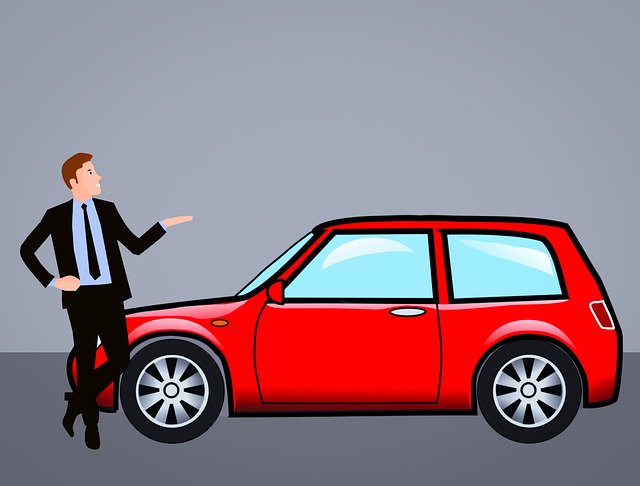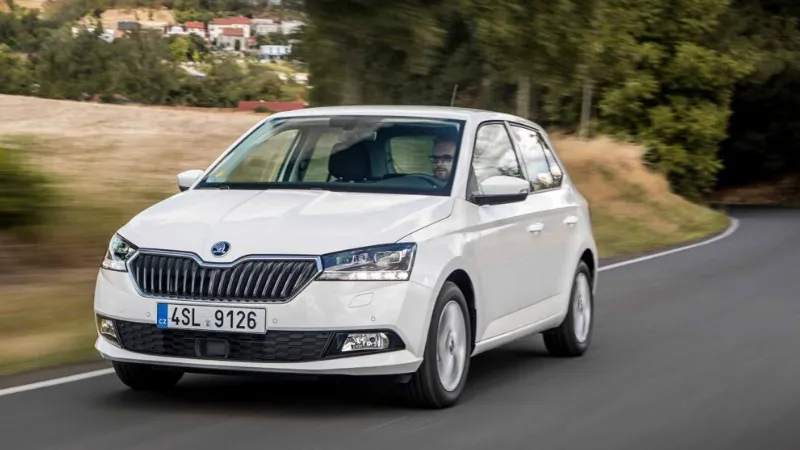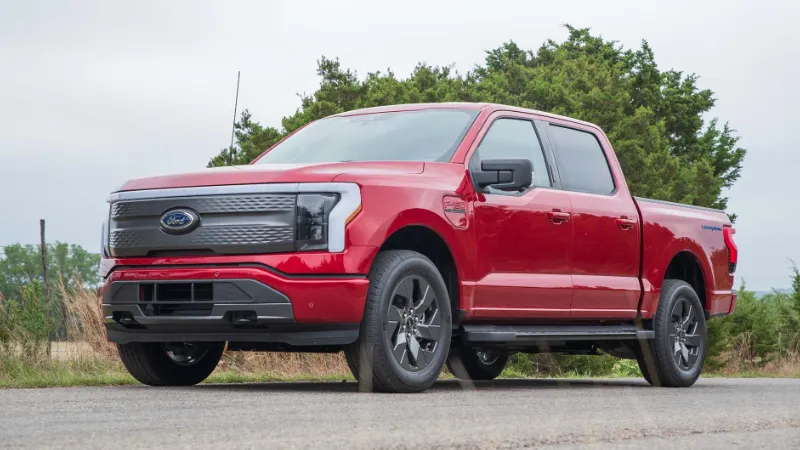You might also be wondering about how soon can you trade in a financed car if your life circumstances have changed, or you simply want to make an automotive switch.
Technically, you can trade in your car after six months or six minutes, but you should first do some research to ensure that it is financially advantageous for you to do so. Regardless of whether you make it to the end of the loan term, if you worked with a finance company to obtain a loan, you will continue to be held legally responsible for repaying the loan balance.
This article will discuss how to estimate the cost of trading in your car and when it makes sense to trade in a financed car.
Can You Trade in a Financed Car?
You can trade in your vehicle for a new one even though you have already paid off the loan on it. You will receive the same amount of money as with any other trade-in when someone purchases your car.
In some circumstances, the lump sum would cover the balance due on your debt, and you might even get a little extra to put toward your subsequent purchase!
However, you must first calculate the amount of equity you own in the vehicle. Your vehicle’s equity is the amount that separates its current market value from the total amount of debt you have remaining. Based on those two factors, which we’ll talk about in a moment, you either have positive equity or negative equity.
How Long Do You Have to Wait to Trade in a Financed Car?
A financed vehicle may be traded in at any time, but if you just bought a new car, you should hold off for about a year. A brand-new car will lose 20% or more of its value in the first year of ownership and will continue to lose value over the following years. Automobiles depreciate over time.
You may almost immediately have negative equity in the car, depending on the size of your down payment and how quickly the value of the car has declined.

Will You Lose Money on the Trade?
The total amount of your loan could be higher than the value of the vehicle because financing a vehicle frequently entails additional costs, such as loan origination fees, extended warranties, tax, title, and license. Finding the vehicle’s trade value is the first step in trading in a financed vehicle.
You can calculate whether you’ll lose money in the trade once you know how much it is worth and the loan payoff amount. If there are any prepayment penalties, be sure to inquire about them as you’ll need to include them in the payoff balance as well. Prepayment penalties are fees that you agreed to when the loan was first made; they are only added to the loan if you pay it off early. You are prepaying the initial loan if you trade in your financed vehicle for a different vehicle.
Your next step will depend on whether your car has positive or negative equity.
What is Positive Equity?
You have positive equity if the value of your car is higher than the total amount owed on your loan, including any prepayment penalties. If you sell or trade-in your car for more than what you owe on it, you can use the difference to pay for the down payment on a new car or get cash in hand.
What is Negative Equity?
When the value of your car is less than the loan balance, you have negative equity. Being upside down on your loan is another term for negative equity. Due to all the additional fees that get tacked on, it’s common to start a loan with negative equity. If you have negative equity, you still have options for trading in your current vehicle for a new one:
- Pay off the loan: You can use savings to settle your current loan balance if you urgently need to buy a new car.
- Wait for positive equity: In order to continue making loan payments until you reach that point, it is best to trade in your car when you have positive equity.
- Trade for less: You could trade in your car for a less expensive one with a lower payment if you can’t wait until you have positive equity and don’t have the cash to pay off the loan.
If you decide to trade your financed vehicle in for a new one, even if you have negative equity, try to avoid the following if possible:
- Don’t roll negative equity into the new loan: While it is possible to transfer your negative equity into a new loan, you will pay more interest and your new loan will continue to be in default.
- Don’t focus on only the monthly payment amount: More than just the monthly payments should be considered when comparing loans. You might pay more in the end because interest rates can vary greatly.
Read about
How to Trade in a Car With a Loan?
Find Out How Much Your Trade-In Car is Worth
Finding out the value of your car and how much you still owe on it is the first step in trading in a financed vehicle. Negative equity trade-ins may end up costing you money in the long run.
Knowing the ballpark value of your car will give you an idea of what a dealer might offer for it as a trade-in and give you some negotiating power. Based on factors like the year, make, and model of your car, as well as the mileage on the odometer, some online resources can help you estimate the trade-in value of your car.
You can determine whether you have positive or negative equity by comparing the estimated trade-in value of your car to the loan payout amount. Given that it contains both your loan balance and any possible interest and fees that you may have paid, it can differ significantly from your loan balance.
Compare Trade-In Values before Making a Deal
Contact several dealers to receive a trade-in value estimate. Use the data you found on car values to your advantage if you think a dealer is giving you a low quote. In order to make sure you get the best deal possible, you should obtain multiple quotes.
Conclude the Agreement
After you’ve decided on a trade-in value and the cost of the new car, seal the deal. The current loan amount, the loan term, the monthly payment, the interest rate, and any other verbal agreements made during the negotiation process should all be included in the agreement, so read it carefully.
Also included should be a description of how any unfavorable equity will be handled. Some car dealers will promise to pay off your auto loan no matter how much you owe, but they’ll end up adding the negative equity to your new loan.

Alternatives to Trading in a Car You Still Owe On
There are numerous motives for trading in a car that are unrelated to financial constraints. When you have positive equity, trading in makes sense if you need a car that is best suited for growing families or to keep up your off-roading hobby. Continue reading for some alternatives if cost is an issue.
Sell Your Car Privately
A private party sale will net you more money than a trade-in, but it will take much more time to market, meet with potential buyers, and learn how to sell a car with financing. Additionally, since you’ll probably receive an unsecured payment when you sell privately, you run a greater risk. Still, if you have the time and resources, this may be a good option for you.
Refinance Your Auto Loan
If your credit rating has increased since you took out your current loan, refinancing your car makes sense. A lower interest rate might be available to you, saving you money both immediately and over the long term on your monthly payments. If you find a better interest rate that would enable you to pay the same or less interest over time, you may even decide to extend the term of your loan, though we only advise that if you do so.
It’s Not When, But How Much You’ll Save
It doesn’t matter if you trade in your financed car today or in a few years; what matters is when you’re going to start saving money. It doesn’t make sense to trade in your car as soon as you drive it off the lot because a change in ownership will probably have decreased its value below the amount still owed on the loan.
When you know you need a better car to fit your changing needs or when you stand to gain, trade in your car. Otherwise, it might be better to just keep your car for a little while longer. If you do decide to sell, be sure to shop around and negotiate well for your next vehicle.





